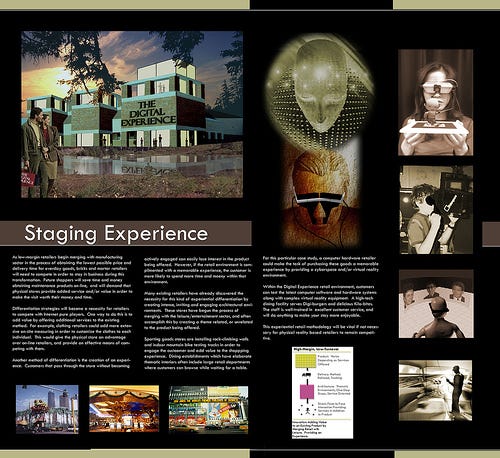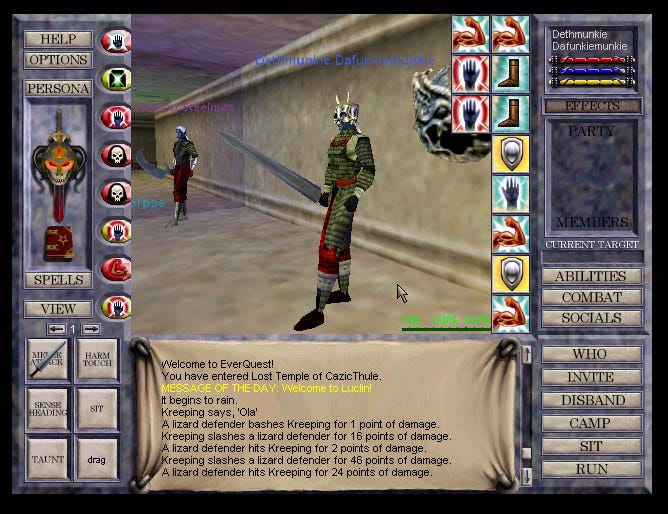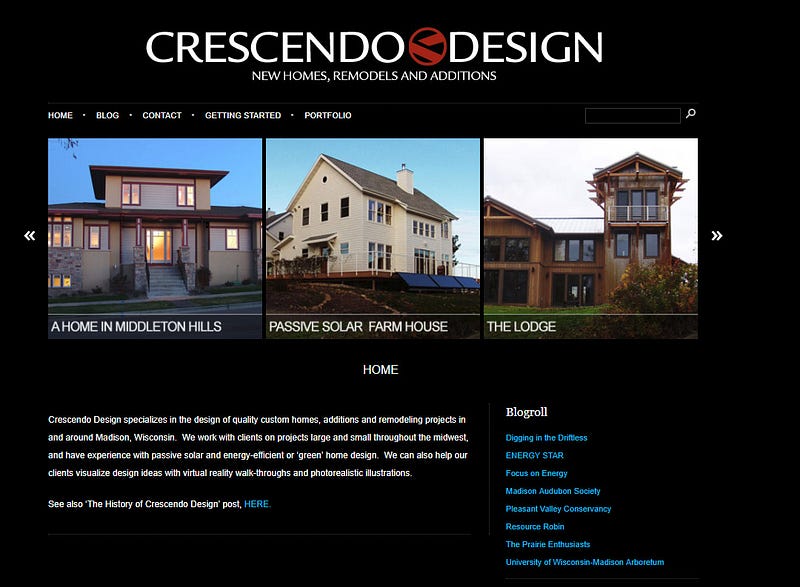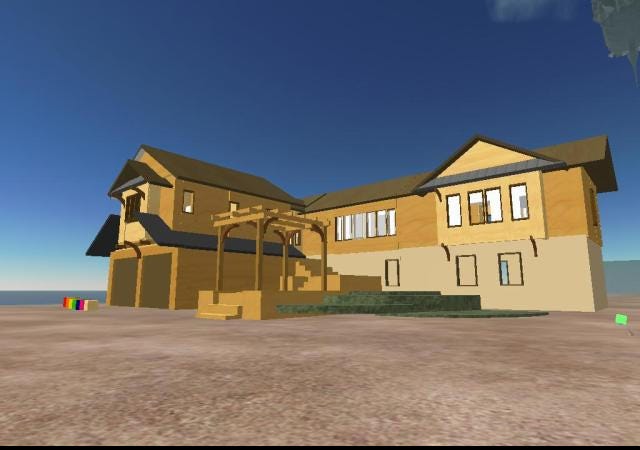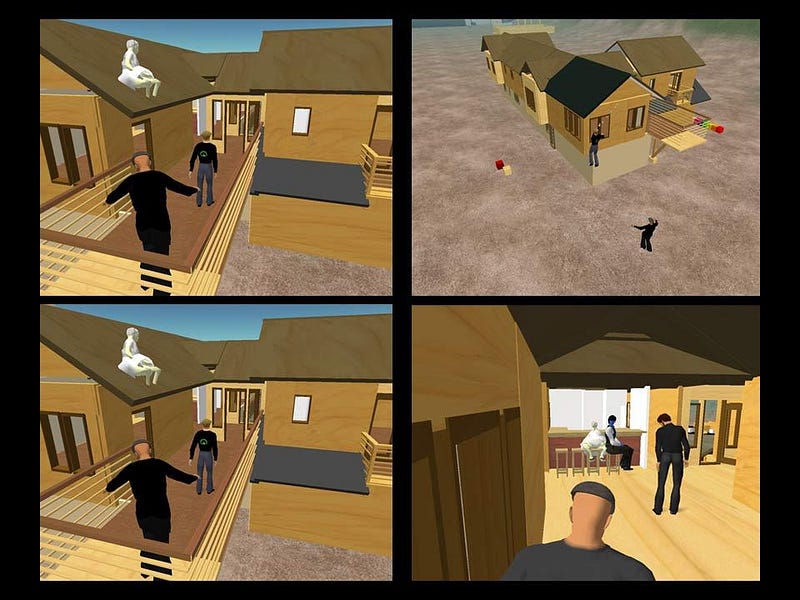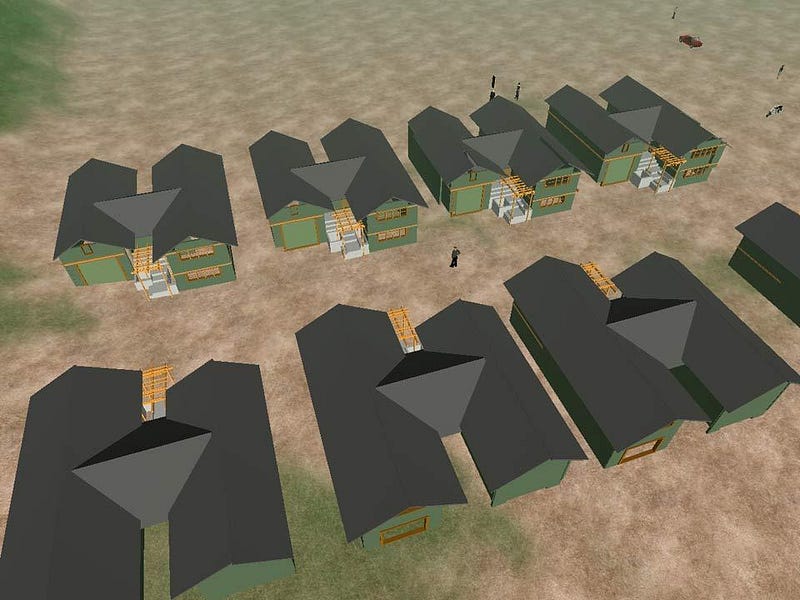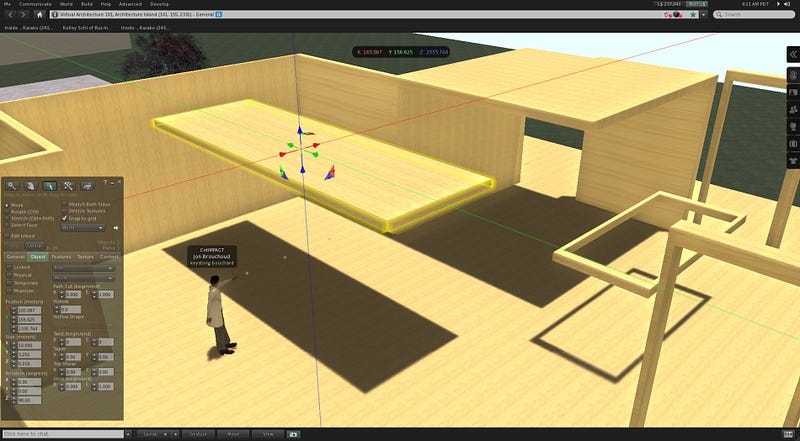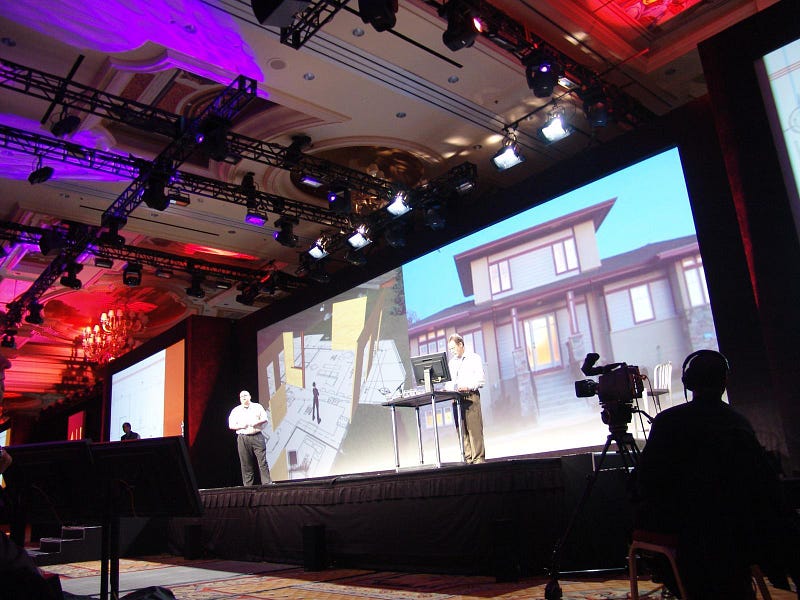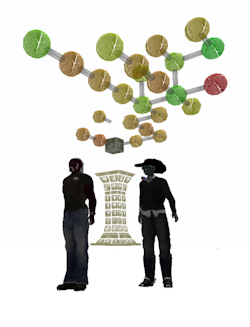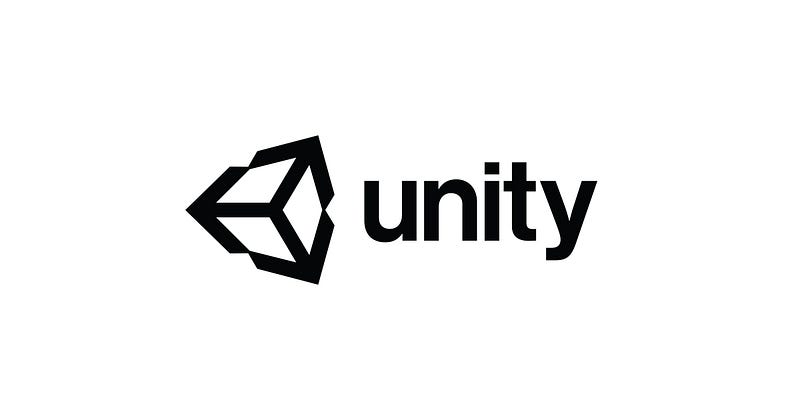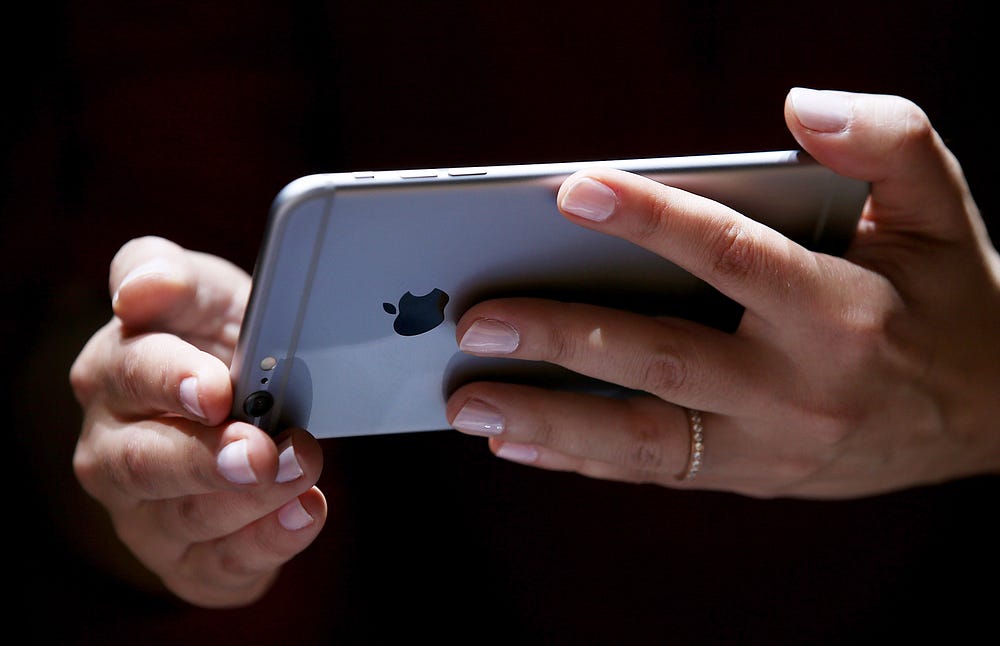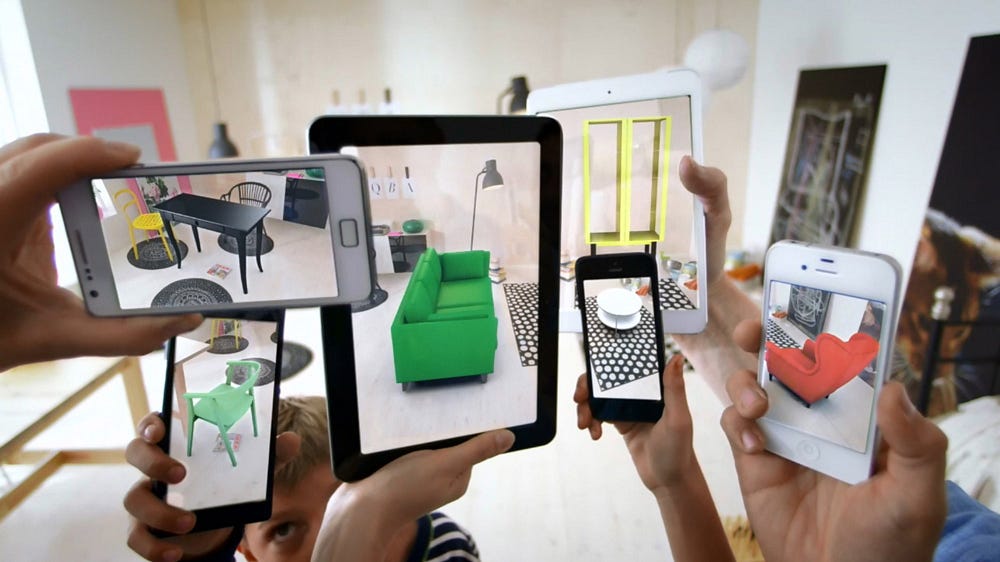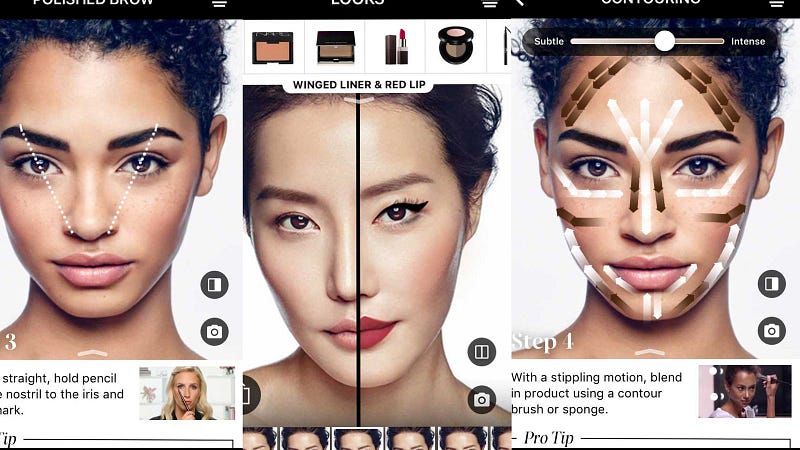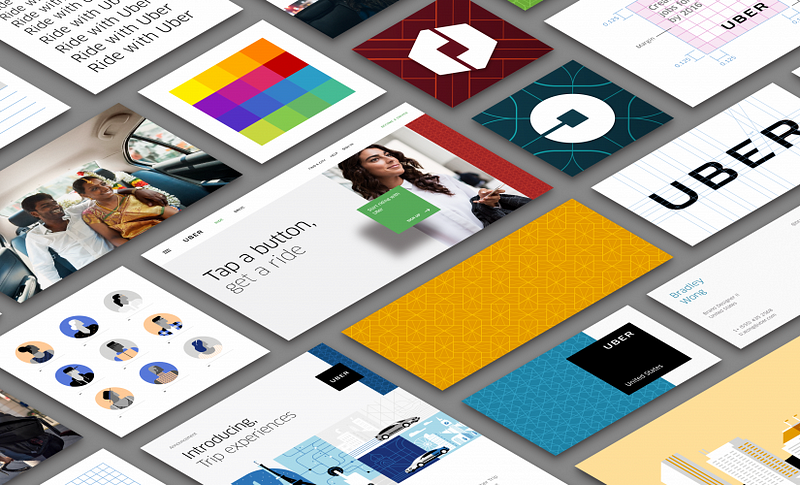
How Uber was made

Uber
has transformed the world. Indeed, its inconceivable to think of a
world without the convenience of the innovative ride sharing service.
Tracing its origins in a market which is constantly being deregulated,
Uber has emerged triumphant. Operating in over 58 countries and valued
roughly at US$ 66 billion, Uber has rapidly expanded to established
branches in over 581 cities in over 82 countries with the United States,
Brazil, China, Mexico and India being Uber’s most active countries.
If that wasn’t impressive enough, in 2016 the company completed a total of 2 billion rides
in one week. When you consider the fact that the first billion rides
took Uber 6 years, and the second billion was garnered in a mere 6
months, it’s not surprising to see Uber emerge as a global business
leader. This worldwide phenomenon is built on a simple idea, seductive
in its premise - the ability to hail a car with nothing but your
smartphone.
It
took the problem of hailing a taxi and gave everyone an equitable
solution while further capitalizing on the emerging market. And smart
people are asking the right question: How do I build an app like Uber for my business needs?
Humble Beginnings
It
all started in 2008, with the founders of Uber discussing the future of
tech at a conference. By 2010, Uber officially launched in San
Francisco. In 6 months, they had 6,000 users and provided roughly 20,000
rides. What was the key to their success? For one, Uber’s founders
focused on attracting both drivers and riders simultaneously.
San Francisco was the heart of the tech community in the US and was
thus the perfect sounding board for this form of technological
innovation to thrive.
In
the beginning, Uber spread their App through word of mouth, hosting and
sponsoring tech events, and giving participants of their events free
rides with their app. This form of go-to-marketing persists today -
giving 50% discounts to new riders for their first Uber ride. This
initial discount incentivized users to become long term riders, and the
rest was history. As more and more people took to social media to tell
the world about this innovative new App - the sheer brilliance of their
marketing strategy paid off.
Product Technology Cohesion: How Uber Works
What
makes Uber, Uber? For one, it’s the ubiquitous appeal, or the way in
which they streamlined their product, software and technology. It was,
at the start, fresh, innovative, and had never been seen before. So if
one were to replicate the model, they’d need to look at Uber’s branding
strategy.
To use Uber, you have to download the app, which launched first on iPhone, then extended to Android and Blackberry.
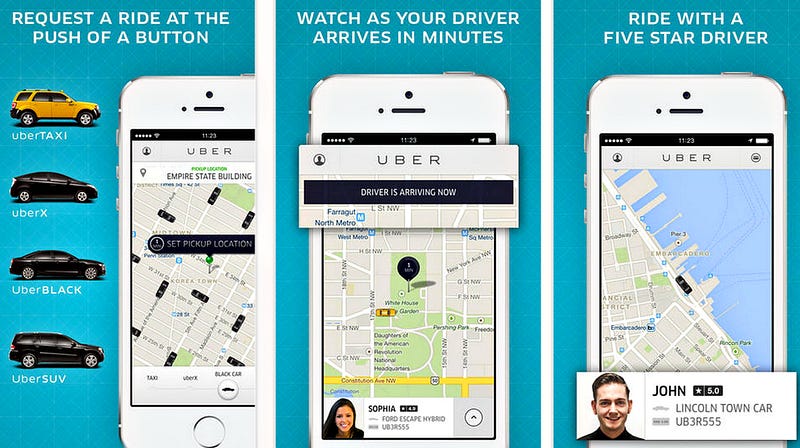
Uber’s
co-founders, Garret Camp and Travis Kalanick, relied heavily on 6 key
technologies based on iOS and Android geolocation. What really sold it
though, was its clear core value - the ability to map and track all
available taxis in your given area. All other interactions are based on
this core value - and its what sets Uber (and will set your app) apart from the crowd. To build an App like Uber, you’ll need to have:
1. Registering/Log-in features:
Uber allows you to register with your first name, last name, phone
number and preferred language. Once you’ve signed up, they’ll send you
an SMS to verify your number, which will then allow you to set your
payment preferences. Trip fares are charged after every ride through
this cashless system.
2. Booking features:
This allows drivers the option to accept or deny incoming ride requests
and get information on the current location and destination of the
customer.
3. The ability to Identify a Device’s location: Uber, via CoreLocation framework
(for iOS platforms) obtains the geographic location and orientation of a
device to schedule location and delivery. Understanding iOS and Android
geolocation features is crucial for this step, because that’s what your
App is running on.
4. Point to Point Directions: The Uber App provides directions to both the driver and the user. Developers of the Uber App use MapKit for iOS and Google Maps Android API
for Android to calculate the route and make directions available. They
further implemented Google Maps for iPhone and Android, but cleverly
adapted technology from other mapping companies to solve any logistical
issues that might come up.
5. Push Notifications and SMS: You get up to 3 notifications instantly from Uber when you book a ride.
- A notification telling you when the driver accepts your request
- One when the driver is close to your location
- One in the off chance your ride has been cancelled
You
further get the full update on your driver’s status, down to the
vehicle make and license number, and an ETA on the taxi’s time of
arrival.
6. Price Calculator: Uber
offers a cashless payment system, paying drivers automatically after
every ride, processed through the user’s credit card. Uber takes 25% of
the driver’s fare, making for easy profit. They paired with Braintree, a
world leader in the mobile payment industry, but other good options
avaible are Stripe, or Paypal, via Card.io.
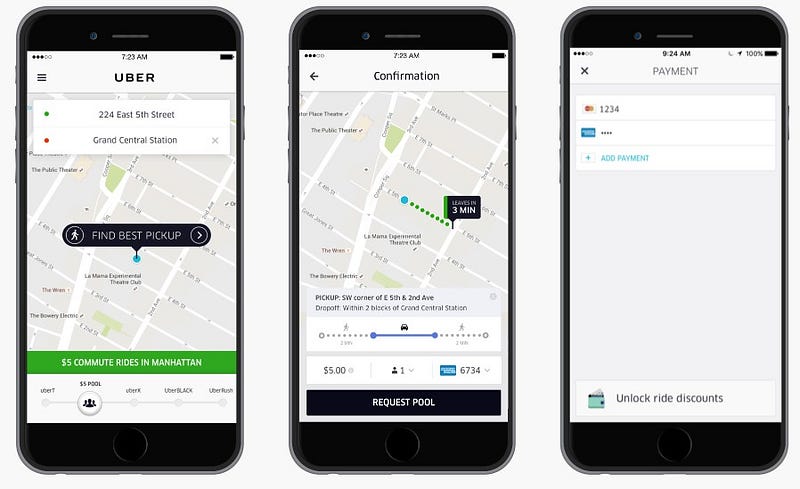
Here are few more much sought after features for the user’s side of the App:
- The ability to see the driver’s profile and status: Your customers will feel safer being able to see your driver’s verification, and it’s makes good security sense to ensure you know who’s using your App for profit.
- The ability to receive alerts: Receive immediate notifications about the status of your ride and any cancellations.
- The ability to see the route from Their Phones (An In built Navigation system): This is intrinsically linked to your geolocation features, you want to be able to direct your taxis to the quickest, most available routes.
- Price calculation: Calculating a price on demand and implementing a cashless payment system.
- A “spilt fare” option: Uber introduced this option wit great success. It allows friends to spilt the price of the ride.
- Requesting previous drivers: It’s a little like having your favourite taxi man on speed dial, and is a good way of ensuring repeat customers.
- Waitlist instead of surge pricing: Avoid the media hassle of employing surge pricing by employing a wait list feature, so your users can be added to a waiting list rather than be charged more than they should, and to keep them from refreshing the App during peak hours, reducing the resources required by your backend infrastructure.
Another
key to Uber’s success, that should be noted by potential developers of
similar Apps, is the way in which Uber operates. They tap into more than
one market which equates to more riders, more drivers, and more
business for the company. Uber has mastered the art of localization -
the ability to beat out pre-existing markets and competitors, which
further retains their customer base by improving their own business
strategy.
They’ve
taken local context and circumstances into consideration. For example,
they partnered with Paypal in November 2013 to provide as many people in
Germany don’t use credit cards, and switched to services based on SMS
messages in Asia as there are more people but fewer smart phones per
capita. This helps them cater to various markets and and optimize
profits.
The Uber marketing strategy isn’t static - it’s dynamic. Expansion
was necessary, and the business model reaps profits from saturating the
taxi market with their customers and drivers, driving their exponential
growth. What aspiring App developers can take from this is that you
need to design your App for flexibility.
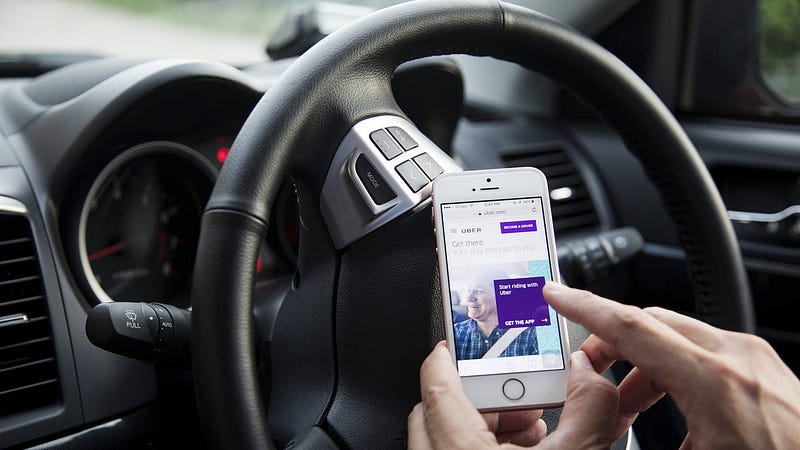
Design
your App in a way that’s going to let it take a hit and roll with
punches. Having a system in place that allows you to build and integrate
changes effectively within the App and allows team members to
communicate effectively is of paramount importance.
What
made Uber so successful was its ability to reshape how we think about
technology and its operation. Indeed it made the market a better, more
efficient place through the innovative on-demand service.
What Technology is Uber Built on?
The
tech side of the App is written largely in JavaScript which is also
used to calculate supply and predict demand. With the real time dispatch
systems being built on Node.js and Redis. Java, as well as Objective-C
is used for the iPhone and Android apps. Twilio is the force behind Uber’s text messages, and push notifications are implemented through Apple Push Notifications Service on the iOS platform and Google Cloud Messaging (GCM) for the Android App.
How much does Uber make?
Actually,
it’s a lot less than you think. The $66 billion valuation, after the
25% commission (which rounds out to about $0.19 per ride) mostly goes
towards credit card processing, interest, tax, compensation for
employees, customer support, marketing, and various anti-fraud efforts.
How much does it take to build Uber?
Uber’s
not just one App, it’s two - one for the rider and one for the driver.
The cost of developing an App like Uber is dependent on a number of
factors
- the cost of building an MVP
- product development and acquisition
- getting the economics of marketing sorted
- the constant cost of building on and improving your App’s analytic capabilities
When
you make an App like Uber, you’ll invest a fair bit into design
services, backend and web development, project management, not to
mention Android and iOS native app development. The total man hours
round out to around 5000 hours for similar on demand taxi Apps, which
puts the cost of developing such an App to around $50,000 (assuming that
your team works for $50 dollars an hour). However, since hourly rates
roughly range from $20 to $150, median costs could be higher or lower.
Conclusion
To
wrap up, Ubers success was due to several factors, including a clear
business model and interaction based features, and not the other way
around combined with a marketing strategy focusing on attracting users.
The
question on everyone’s mind of course is how can you reduce the overall
risk of failure by making sure that your idea and product are viable
when you’re developing an App?
One way is to use a Mobile App development partner (such as Octodev)
that has worked on many such Apps and understands the processes
involved. An advance of using such a partner is they’ve worked on many
such App development projects and have the practical experience in
product development to avoid the pitfalls and make the most of your
vision.
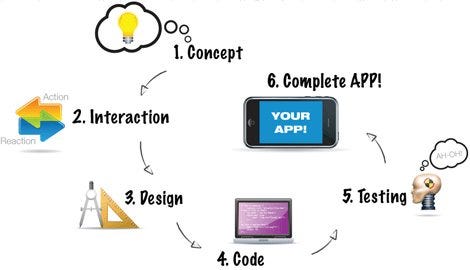
Another
important part of ensuring that your App development project is swiftly
and smoothly executed is having a clear road map and regular
communication during the project. There are many approaches to achieve
this and we, at Octodev, use a consultative approach to App development.
We draw from our successful App implementations. Get in touch with us now if you want an accurate cost for your own Uber like App idea.
This article was originally published on the Octodev Blog.


